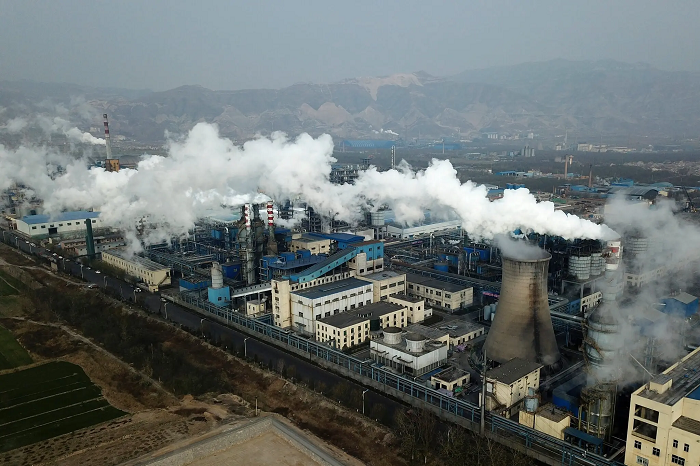Indonesian textile manufacturers are urgently seeking new export markets after the United States last month announced a 32 per cent tariff on their goods.
The country is negotiating US President Donald Trump’s punitive tariffs, which have been put on hold until July.
Having relied heavily on the American market, many Indonesian textile manufacturers are now eyeing Europe and Southeast Asia, while others are exploring ways to tap into their nation’s large domestic market.
Among the many businesses in the industry that have been hit hard by falling demand due to the influx of cheap imports, Bandung-based textile manufacturer, PT Sipatex Putri Lestari recently laid off 300 employees and is set to cut another 100.
Despite the challenges, Sipatex stays focused on the domestic market and adapts to changing consumer needs. It plans to replace more than 500 aging machines by 2030 to boost efficiency.
However, David Leonardi, Director-Operations, says, manufacturers need to explore what lacks these goods in Indonesia?
Indonesian textile manufacturers depend heavily on the US market, with exports valued at $4.6 billion last year. However, Indonesian Textile Association warns, demand could drop by as much as 30 per cent after the announcement of steep tariffs by the US. The industry is now urgently seeking out new markets.
According to Danang Girindrawardana, Executive Director, Indonesian Textile Association, Southeast Asia and its surrounding regions are areas with high market potential that can be explored.
Engaged in drafting a white paper to help regional manufacturers work together amid the global economic uncertainties, Indonesia leads the ASEAN (Association of Southeast Asian Nations) Federation of Textile Industries, which represents the interests of Southeast Asia's textile and apparel manufacturers.
Manufacturers are also urging stronger protection for labor-intensive industries, which have long faced an influx of low-cost imports from China.












